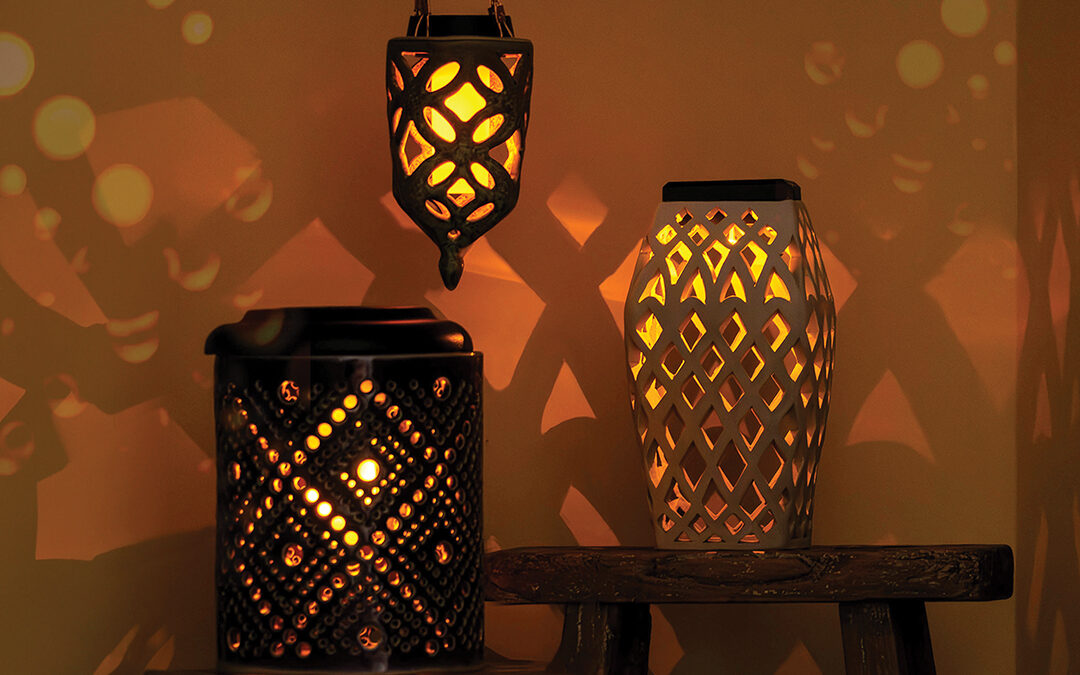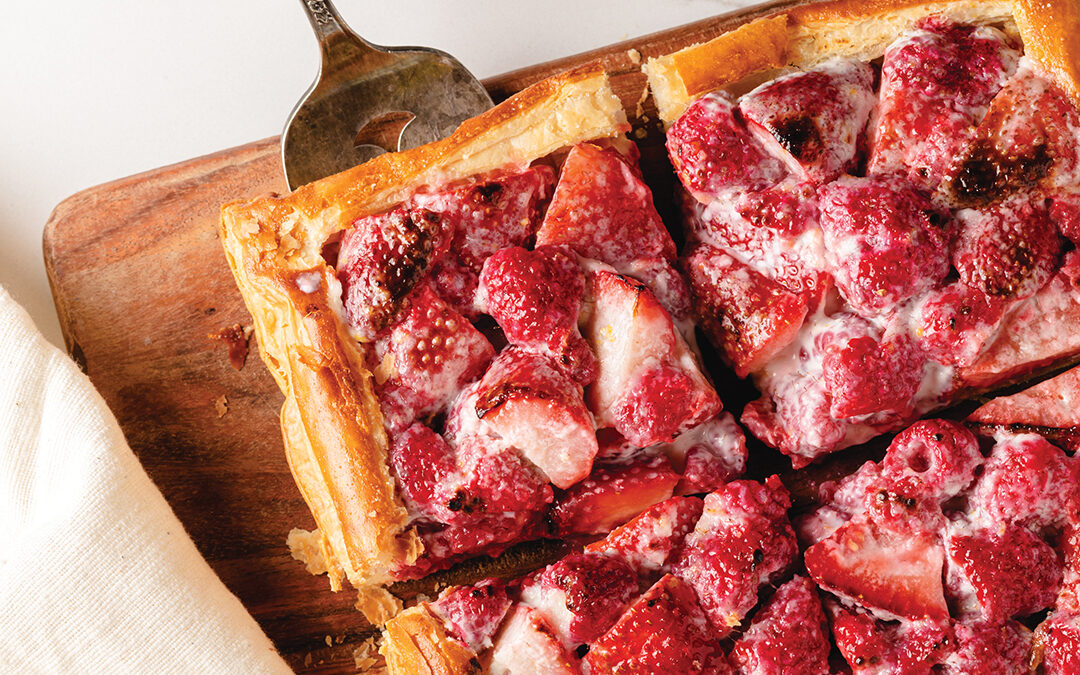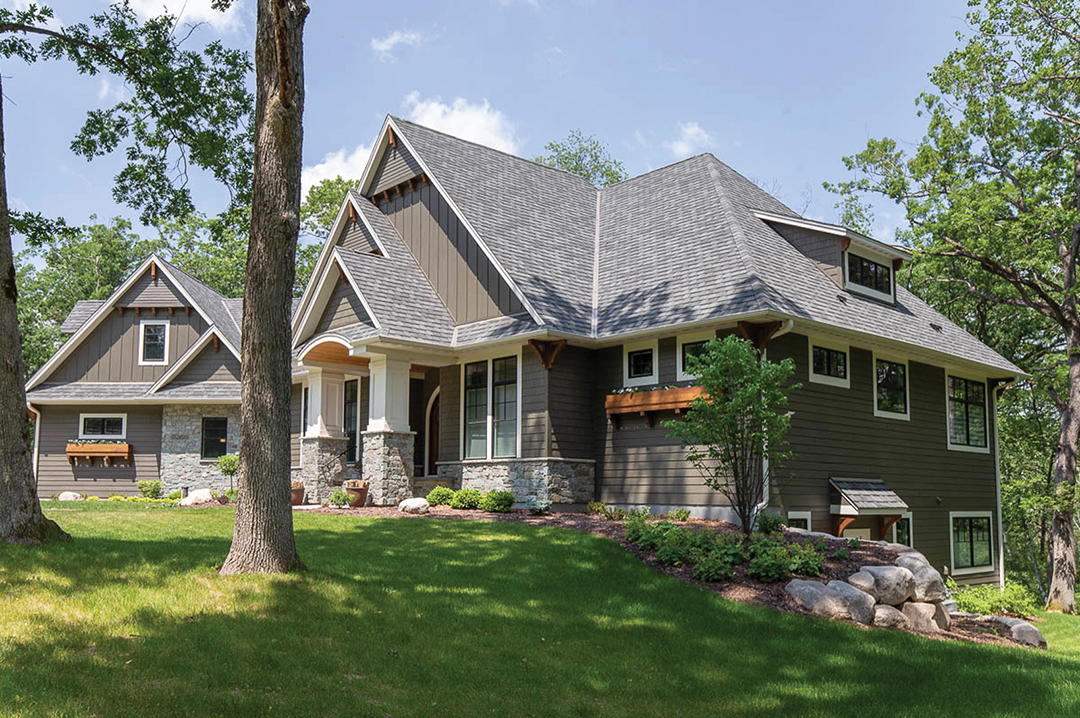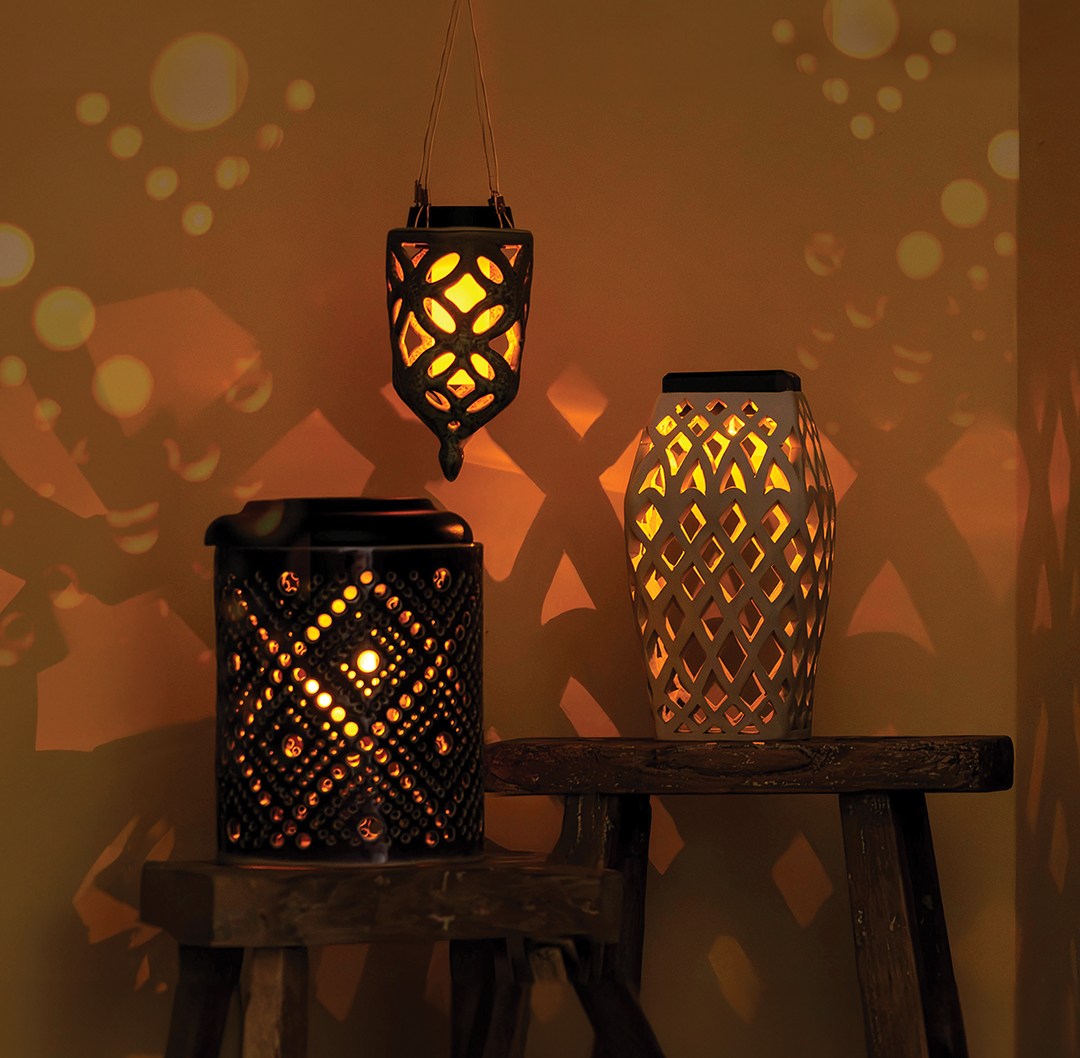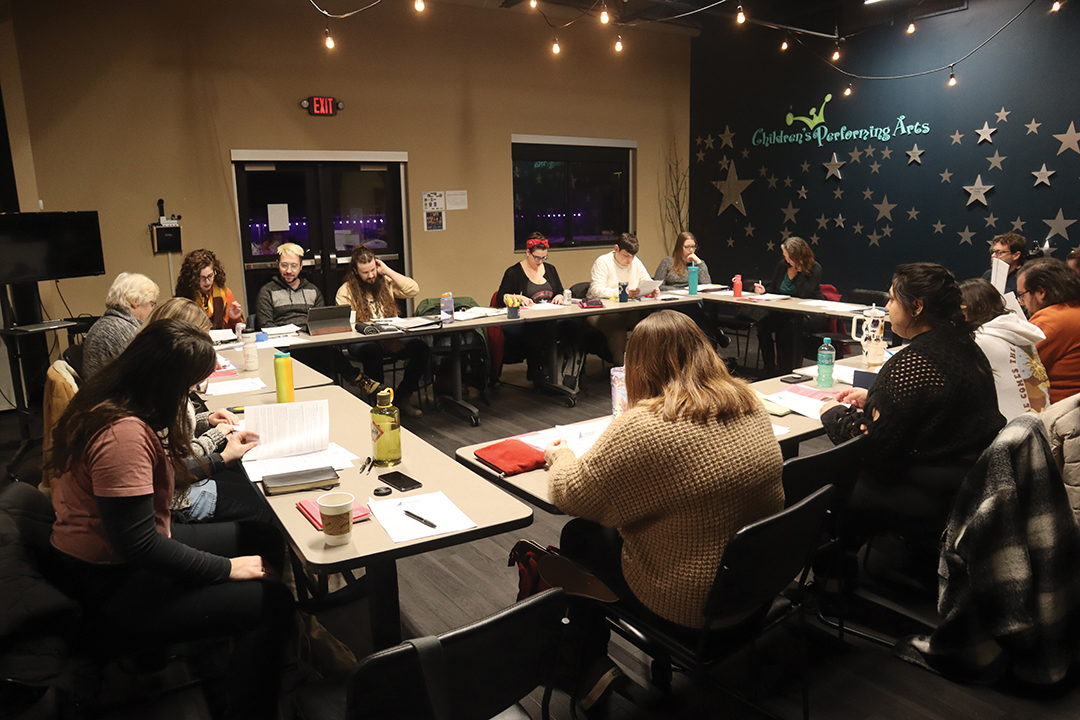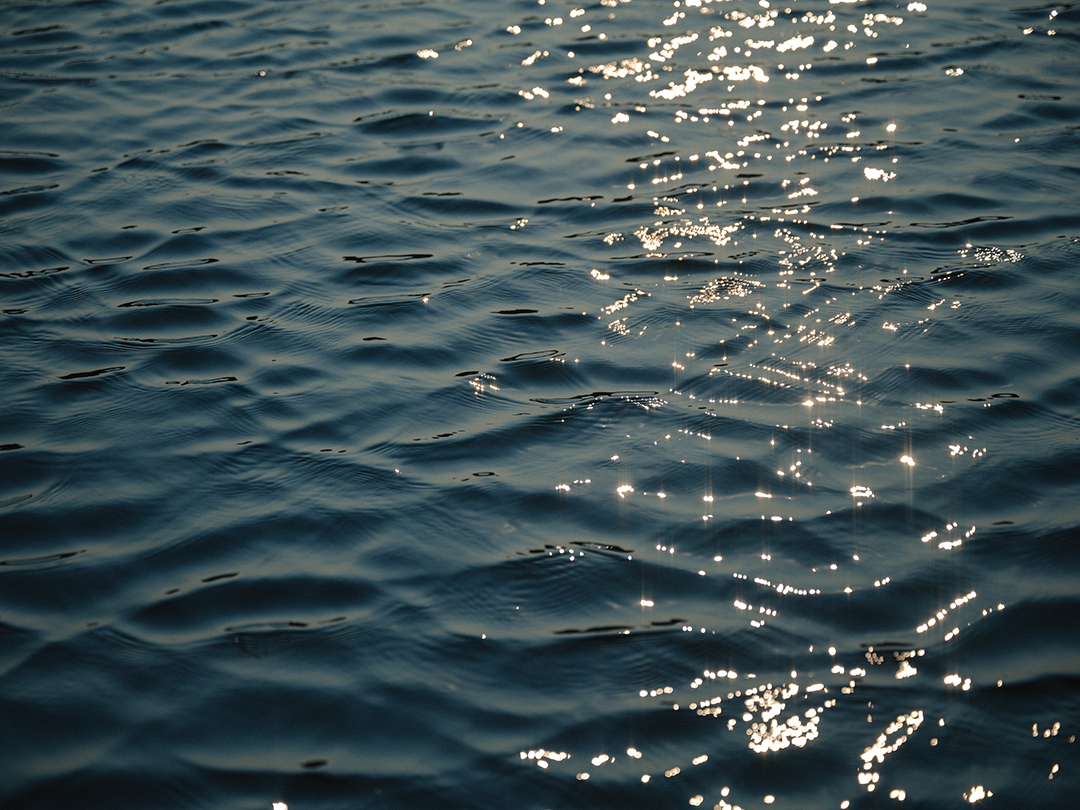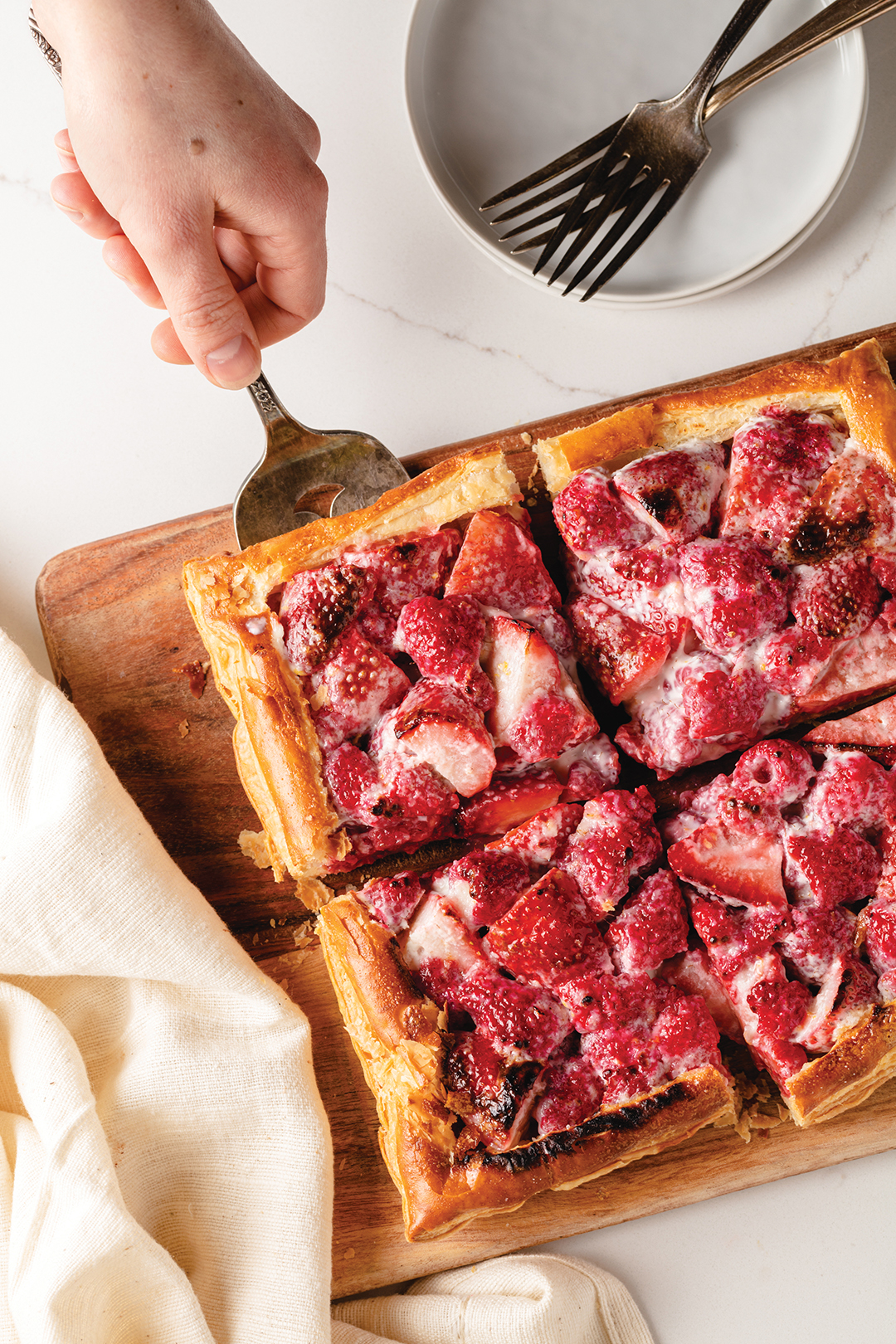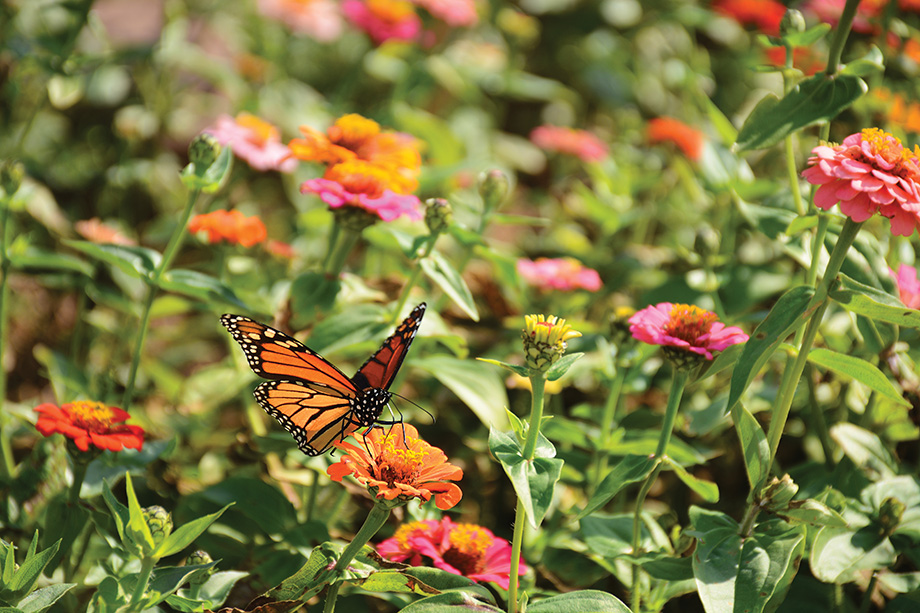
iStock/MargaretW
City of White Bear Lake creates an interactive map tracks area gardens.
Take a walk around White Bear Lake, and it won’t take long to realize the important role the area’s landscape plays in its magic. From beautiful lakeside beaches to lush gardens, each ecosystem is vital. With this in mind, the city of White Bear Lake has taken the lead in promoting ecosystem growth by focusing efforts on pollinator gardens.
These gardens ideally bring seasonal blooms that are essential for “pollinators, such as bees, butterflies and birds in order for them to get their proper nutrients,” says Gary Schroeher, local gardener and council member on the White Bear Lake Environmental Advisory Commission (EAC).
The EAC is responsible for advising the City Council on matters relating to the protection and rehabilitation of the area’s natural environment. One of its projects is the White Bear Lake Pollinator Pathways Map, which invites citizens to get involved by creating pollinator gardens and submitting them to be included on an interactive pollinator garden map.
There are no rules on size in order to be included on the city-wide map. Some areas where you can create a pollinator garden are existing gardens in your backyard, rain gardens, shoreline restorations or woodland. There are currently 36 gardens included on the map, including 14 on city property. To submit a garden, residents can simply answer a brief questionnaire available on the city website.
“Even small plantings can make a big difference,” says Connie Taillon, environmental specialist and water resources engineer for the City of White Bear Lake. “… Engaging with these pollinators through creating beneficial landscapes helps to strengthen our sense of connection with nature and our understanding of the natural world while positively affecting these important insects.”
The need for pollinator gardens is at an all-time high due to the dramatic decline in pollinators themselves. Pollinators are a keystone species—a species on which other species in an ecosystem largely depend. In most terrestrial ecosystems, their job is crucial for biodiversity, flowering plant reproduction and pollination of nutritious foods. Much of the produce that we consume daily requires pollinators to spread pollen and fertilize plants.
An increase in pollinator gardens is not only beneficial to the ecosystem, but also to the people growing them. “You feel a connection to nature. It is truly rewarding,” says Schroeher.
Alongside pollinator efforts, the EAC is involved in work regarding keeping the ecosystem healthy, such as through recycling, water quality, rain gardens, community outreach, plastic use reduction and food scraps recycling. The commission hosts an Environmental Resources Expo on the last day of Marketfest each year. This year’s expo will be held July 27 on Fourth Street.
Tips on Starting Your Own Pollinator Garden
(Contributed by Connie Taillon)
You can help your community thrive by planting a pollinator garden in your own backyard. Start by incorporating pollinator-attracting plants into an existing garden or creating a new garden specifically designed for pollinators.
- Decide where you want the garden. Consider converting an unused lawn area or add pollinator plants to a rain garden or existing flower garden. Some pollinator plants can also be grown in pots if space is an issue. Feel free to start small. Even just adding a couple of different species of pollinator plants to an existing landscaped area makes a difference.
- Check the site conditions at your chosen location. Are the soils sandy (drier) or clayey (moist to wet)? Is it on a hill slope (dry) or in a low area (moist to wet)? Does the area receive full sun (6+ hrs.), part sun (3 to 6 hrs.) or shade (less than 3 hrs.)? Select plants best suited for your environment.
- Purchase plants native to the land, such as the native purple coneflower and larval host plants, such as milkweed for monarch caterpillars. It is also important to purchase plants and seeds that have not been treated with systemic insecticides, especially neonicotinoid insecticides that are known to contribute to colony collapse disorder. Local native plant nurseries are often a reliable source of quality plants.
- Add your garden to the pollinator pathway map by visitingwhitebearlake.org/pollinators.
Pollinator Garden Education
- To learn more about native plants, consider attending a local Wild Ones: Native Plants, Natural Landscapes meeting, where they invite new speakers each month. Wild Ones is a national nonprofit that teaches people how to use native plants in their landscapes. The meetings are free and open to the public. The chapters also host garden tours in the summer. Local Wild Ones chapters include: Wild Ones: Twin Cities, Wild Ones: Big River Big Woods (closest to White Bear Lake) and Wild Ones: St. Croix Oak Savanna Chapter. Wild Ones: Big River Big Woods Chapter members have been adding native seed packets to the WBL Seed Library
- City of White Bear Lake website: whitebearlake.org/pollinators
- Pollinator Friendly Alliance: pollinatorfriendly.org
Grants available to help fund pollinator gardens.
- Lawns to Legumes
- Local watershed management organizations. To find what watershed you live in go to the Minnesota Pollution Control Agency website. To receive funding through a watershed management organization, plants purchased for polliinator gardens must be native.
- City website also has information about grant opportunities: whitebearlake.org/pollinators
City of White Bear Lake
4701 Highway 61; 651.429.8526
Facebook: City of White Bear Lake
Instagram: @cityofwhitebearlake


